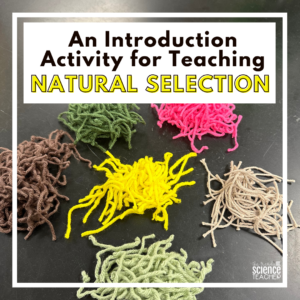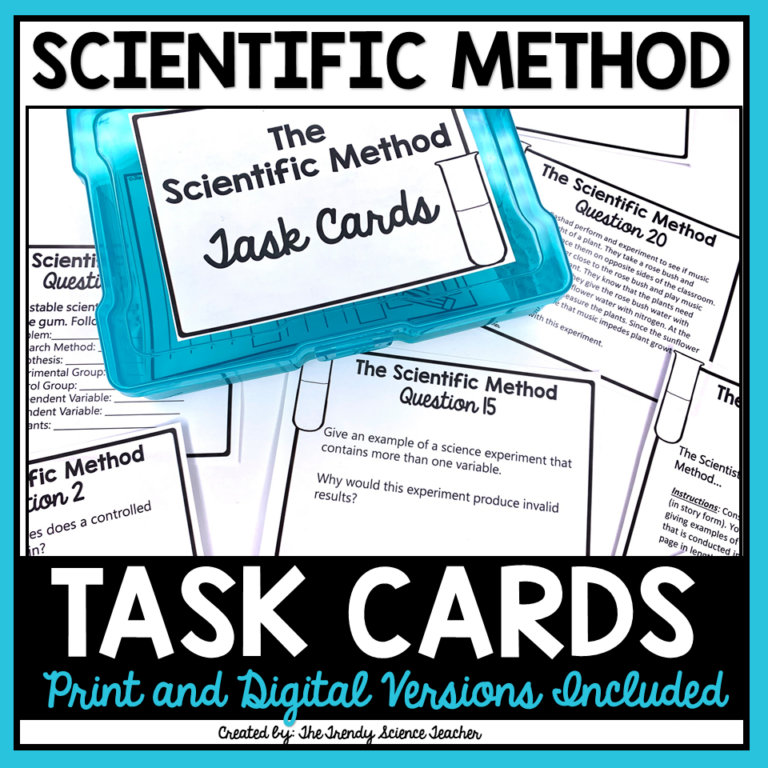
An Introduction Activity for Teaching Natural Selection

Are you a Biology teacher that’s gearing up to teach natural selection? Allow me to introduce you to an engaging introductory activity that I like to call “Feeding Frenzy.” I love this introduction activity because it gets the students up and moving and generates discussions that are the perfect segue into my natural selection and theory of evolution lessons. Today on the blog, I am sharing a simple, yet effective introduction activity for teaching natural selection.

Materials Needed:
- various colored yarns (I like to use 6 different colors- some bright and some that blend into the grass outside my classroom)
- space (I use the grassy area outside of my classroom, but a football field or any grassy space will work.)


Overview:
“Feeding Frenzy” is just a fun name given to an activity where students simulate the feeding of predators that prefer wooly worms (aka yarn) in their diet. Pieces of yarn are distributed in a random manner over a designated area of the school yard. Students will feed on (collect) as many of these delectable organisms as possible in a timed session.



Setting the Scene:
Picture this: colored yarns scattered across the grass outside your classroom, resembling a plethora of worms awaiting discovery. As the birds (aka students) search for food, their eyes are drawn to the bright colored yarns, leaving the camouflaged worms to survive the feeding frenzy.

On your cue, your students transform into hungry birds on the hunt for food. Their mission? To find as many “worms” (aka yarn pieces) as they can within a 2-minute time frame. Once students have gathered their prey, they return to the classroom to tally the results.

The Results:
Back in the classroom, the tally begins. Students organize their worms by color and we tally the number of yarn pieces of each color. I like to display this data on the classroom interactive board.


In most cases, students collect predominantly the brightly colored yarn pieces, those that stand out against the grass. Typically, the light browns and greens will be fewer in number. This observation sparks a fascinating discussion about adaptations, particularly the concept of camouflage. It’s the perfect segue into my natural selection lesson (which is the first lesson in my EVOLUTION UNIT). This is an example of the data that was collected by one of my classes:

If you are looking for a simple, yet effective way to introduce natural selection, you’re going to want to add this one to your lesson plan line-up. You will appreciate the simplicity and your students will love getting out of their seats.
If you want to grab my natural selection lesson (including the activity slides), you can download them HERE.

This activity is just one of the MANY engaging lessons that I use to teach evolution. If you are interested in previewing my entire EVOLUTION UNIT lessons, you can do so HERE.

I hope that you found today’s post, An Introduction Activity for Teaching Natural Selection, helpful and useful to you as you embark on the topic of evolution and natural selection.
Happy teaching!

Share it:
- Read more about: BIOLOGY




